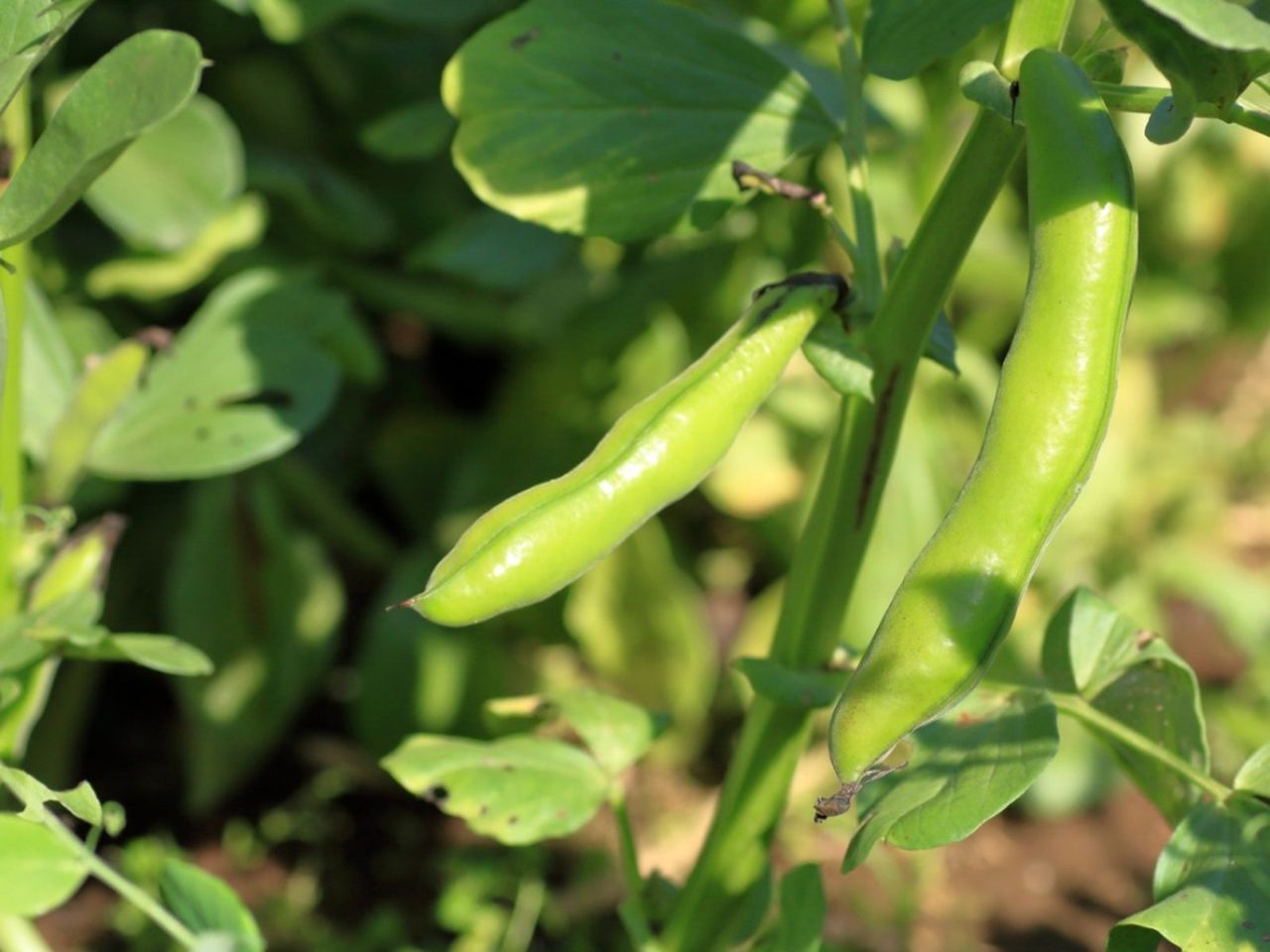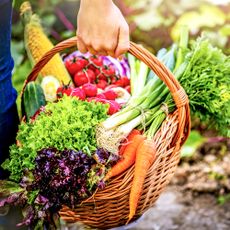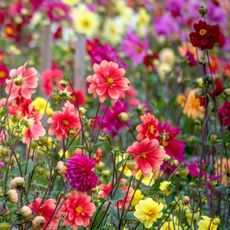Fava Bean Planting - How To Grow Fava Beans In The Garden

Fava bean plants (Vicia faba) are among the oldest known cultivated plants, dating back into prehistoric times. A traditional staple food, fava plants are indigenous to the Mediterranean and Southwest Asia. Today, growing fava beans can be found in Central America, North America and up into Canada, which is actually the largest producer of fava beans due to its cool temperatures. Okay, but what is a fava bean? Keep reading to learn more.
What is a Fava Bean Plant?
Fava bean plants are actually a relative of vetch, which unlike other bean types has no climbing tendrils. Fava bean plants are upright bushy plants attaining a height of between 2-7 feet (.6-2 m.) tall with large, fragrant white to purplish blooms. The fava bean itself looks similar to a lima bean and is up to 18 inches (46 cm.) long. The large seeded varieties bear 15 pods while the small seeded types of fava bean plants have about 60 pods. The seed pods of the fava bean plant have a shelf life of three years when stored in optimal conditions.
Fava Bean Uses
Growing fava beans are a cool weather annual crop known by a plethora of names such as:
- Horse beans
- Broad beans
- Bell beans
- Field beans
- Windsor beans
- English Dwarf beans
- Tick beans
- Pigeon beans
- Haba beans
- Feye beans
- Silkworm beans
In Italy, Iran and areas of China, fava bean planting is done to provide food, while in North America it is primarily cultivated as a seed crop, livestock and poultry feed, cover crop or green manure. It may also be roasted and ground and then added to coffee to extend it. The dry fava bean is 24 percent protein, 2 percent fat, and 50 percent carbohydrate with 700 calories per cup. In New Orleans where the fava bean arrived from Sicily in the late 1800's, the older denizens still carry the “lucky bean” in a pocket or purse while school kids paint them green, red and white as a symbol of St. Joseph's answer of aid during a famine. In many areas where Sicilians settled, you will find altars to St. Joseph for sending rain and the subsequent bumper crop of fava beans.
How to Grow Fava Beans
As mentioned, fava bean plants are a cool weather plant. So the question “how to grow fava beans?” leads us to the answer of “When to sow the beans?” Sow fava beans in September for a late fall harvest or even in November for spring picking. In some areas, the beans may be sowed in January for summer harvest, although if you live in an area of summer heat, be advised that the plants may succumb to these conditions. Fava bean planting should be sown 1-2 inches (2.5-5 cm.) deep and spaced about 6-8 inches (15-20 cm.) apart. The addition of legume inoculants is recommended at the time of fava bean planting. Average irrigation is recommended for growing fava beans, and fava bean plants are hardy to about 21 F. (-6 C.)
Cooking with Fava Beans
Popular among many cuisines, the fava bean may be boiled, baked, sautéed, mashed, fried, braised, stewed and pureed. Simple dishes of boiled beans with salt and butter or more complicated ones like the traditional Egyptian breakfast of ful medames, a dish of favas, lemon juice, onion, garlic, olive oil, and parsley are prepared on a daily basis in many countries. The young fava bean has not yet formed the endocarp or skin which surrounds the mature shelled bean. As such, the succulent immature fava needs no peeling. Mature beans can either be peeled while raw, which is tedious, or “shock” the beans after briefly steaming in a bowl of iced water. Once the latter is done, the skins will rub off easily.
Fava Beans as Compost or Cover Crop
Once you have harvested the growing fava beans, the remaining foliage may be used as an addition to the compost or makes an excellent cover crop. The bushy greens aid in erosion prevention and protect the topsoil from rain impaction and wind. Fava beans, like all legume plants, have nitrogen-rich nodules on their roots and contribute to replenishing nitrogen to the soil. Also, the aromatic flower of the growing fava bean plants are powerful pollinator attractors. All in all, growing fava beans is an all around beneficial and valuable crop choice.
Gardening tips, videos, info and more delivered right to your inbox!
Sign up for the Gardening Know How newsletter today and receive a free copy of our e-book "How to Grow Delicious Tomatoes".

Amy Grant has been gardening for 30 years and writing for 15. A professional chef and caterer, Amy's area of expertise is culinary gardening.
-
 7 Vegetables To Plant In April: Start Indoors Or Outside For A Bumper Summer Harvest
7 Vegetables To Plant In April: Start Indoors Or Outside For A Bumper Summer HarvestAchieve your growing ambitions with these best vegetables to plant in April – including cold-hardy crops to sow direct and tender varieties to start indoors
By Mary Ellen Ellis
-
 Cut Flower Garden For Beginners: 8 Easy Decorative Floral Plants For Newbies To Grow
Cut Flower Garden For Beginners: 8 Easy Decorative Floral Plants For Newbies To GrowAre you new to growing decorative florals for bouquets and ornamental displays? A cut flower garden for beginners is well within reach if you grow these flower seeds
By Tonya Barnett
